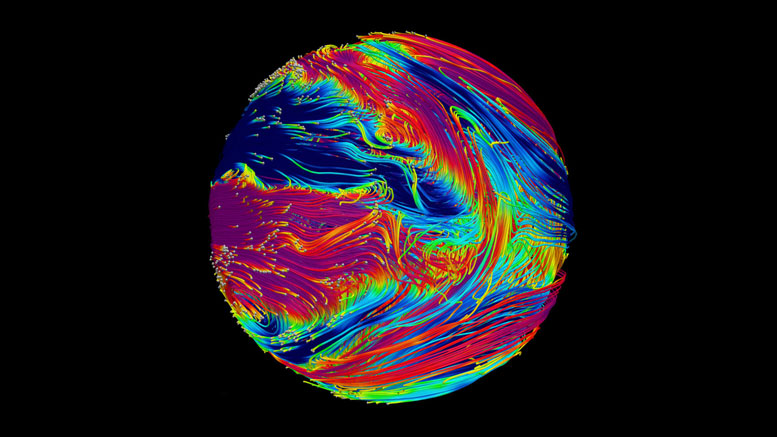
Time snapshot of magnetic field lines in the numerical simulation of a hot giant exoplanet atmosphere (a model of HD209458 b, but with a temperature structure similar to HAT-P-7 b). Magnetic field lines are color-coded to represent the azimuthal (toroidal) magnetic field, with blue representing a negative-directed field (saturated at −50 G) and magenta representing a positive-directed field (saturated at 50 G), with green and yellow ranging from −5 to 5 G, respectively. The vantage point is looking onto the east-side terminator.
New magnetohydrodynamic simulations of HAT-P-7 b reveal variable winds and a corresponding variability in the position of the hottest point in the atmosphere.
Studying a class of planets known as ‘hot Jupiters’, experts from Newcastle University, UK, have shown the planet’s magnetic field is responsible for the unusual behavior of the atmospheric winds which move around it.
Instead of moving in an eastward direction as has always been assumed, new observations have shown the winds varied from eastward to westward on the hot planet HAT-P-7b.
Using this observation, Dr. Tamara Rogers, from Newcastle University, was able to estimate the magnetic field strength of this far-off planet.
Publishing her findings this month in the leading academic journal Nature Astronomy, Dr. Rogers says this new understanding of the magnetic fields of these far-distant planets will help astronomers understand their formation, size, and migration paths and ultimately help us understand the formation and evolution of our own solar system.
“The extreme temperature of these unusual planets causes metals such as lithium, sodium, and potassium to become ionized and this allows the magnetic field to be coupled to the atmospheric winds,” explains Dr. Rogers, who is based in the School of Mathematics and Statistics at Newcastle University.
“These magnetic forces are able to then disrupt the strong eastward winds, leading to variable and even oppositely directed winds. This then allowed us to estimate the magnetic field strength of the planet.”
The “roasted” planets
Modern astronomical research investigates not just stars and galaxies but also the planets around distant stars, termed “exoplanets,” often thousands of light-years from Earth.
The best studied of these exoplanets are called hot Jupiters – Jupiter-sized planets that are very close to their home stars. Because of their size and temperature, hot Jupiters are an extreme class of planets which test modern theories about gas dynamics.
In December 2016, observations were made by researchers at Warwick University that implied variable winds on HAT-P-7b.
HAT-P-7b is nearly 40 percent larger than our own Jupiter and orbits its star every couple of days. It is so close that its dayside temperature may be up to 2,500°C (4,500°F) with a night side temperature of 1,400°C (2,550°F).
“Astronomers were able to trace the brightest point – the ‘hot spot’ – in the planet’s atmosphere,” explains Dr. Rogers. “The extreme day-night temperature difference drives strong eastward winds in the atmosphere and shifts the hot spot away from the point directly beneath the star on the dayside.
“However, we saw this hot spot shift significantly over time – even ending up on the west side of the sub-stellar point. This shows that the winds are also varying significantly and even completely changing direction.”
Dr. Roger’s paper “Constraints on the magnetic field strengths of HAT-P-b and other hot giant exoplanets” appears on the front cover of the June issue of Nature Astronomy.
This work was funded by an award to the Planetary Science Institute, US from the NASA Astrophysics Theory Program. Further research on this topic has recently been funded by the Leverhulme Trust.
Reference: “Constraints on the magnetic field strength of HAT-P-7 b and other hot giant exoplanets” T.M. Rogers, 15 May 2017, Nature Astronomy.
DOI: 10.1038/s41550-017-0131

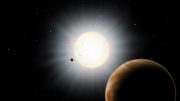
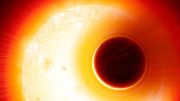

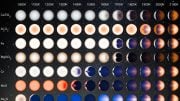

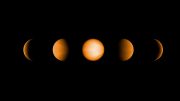


Be the first to comment on "Astronomers Measure the Magnetic Field HAT-P-7b"